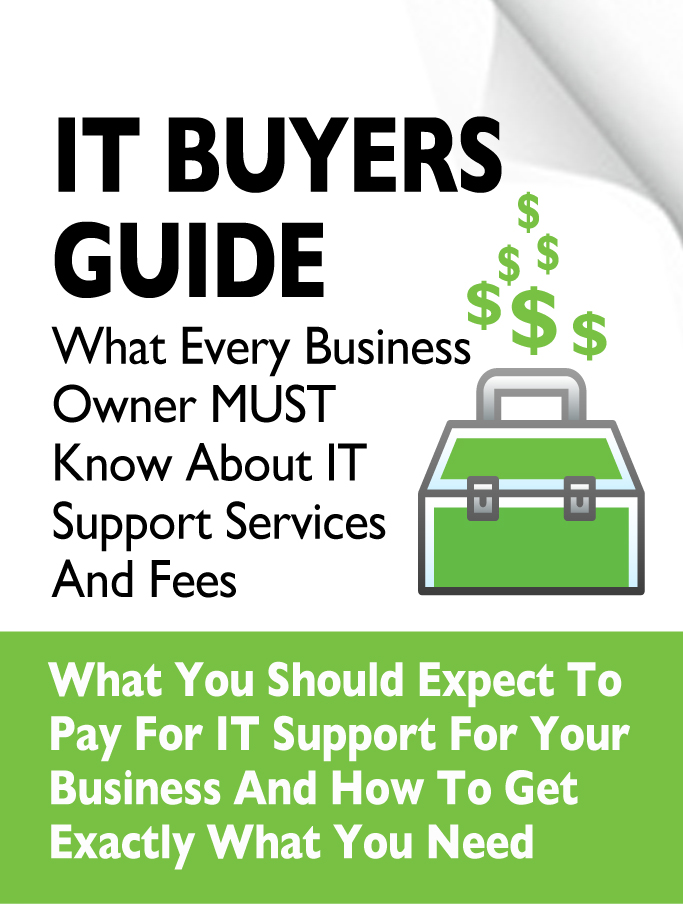
As businesses continue to embrace cloud computing, many are exploring the benefits of a multi-cloud strategy. A multi-cloud approach involves leveraging multiple cloud service providers to meet the diverse needs of an organization, enabling greater flexibility, cost optimization, and risk mitigation. In this blog post, we will discuss key tips for organizations looking to adopt a successful multi-cloud strategy.
ASSESS YOUR ORGANIZATION'S NEEDS
Before implementing a multi-cloud strategy, it's essential to evaluate your organization's unique needs and objectives. Identify the workloads, applications, and services that can benefit from a multi-cloud approach, and consider factors such as cost, performance, security, and compliance requirements.
CHOOSE THE RIGHT CLOUD PROVIDERS
Selecting the appropriate cloud providers is crucial to the success of your multi-cloud strategy. Evaluate each provider's offerings, focusing on factors such as compatibility, performance, cost, and support for your organization's specific needs. Remember that each provider has its strengths and weaknesses, so choose a mix that complements your organization's requirements.
DEVELOP A STRONG GOVERNANCE FRAMEWORK
Effective governance is vital for managing a multi-cloud environment. Establish clear policies, procedures, and guidelines for cloud usage, data management, and security. Ensure that your governance framework covers areas such as resource allocation, cost management, and compliance with regulatory requirements.
OPTIMIZE COST AND PERFORMANCE
One of the primary benefits of a multi-cloud strategy is the potential for cost optimization. Continuously monitor and analyze your cloud usage and costs to identify areas for improvement. Utilize tools and services that can help you optimize performance and costs across multiple cloud platforms, such as auto-scaling and load balancing solutions.
PRIORITIZE DATA SECURITY AND COMPLIANCE
Data security and compliance are crucial when managing a multi-cloud environment. Implement robust security measures across all cloud platforms, and work closely with cloud providers to ensure that your organization's data is protected. Regularly review and update your security policies and practices to address evolving threats and regulatory requirements.
INVEST IN MULTI-CLOUD MANAGEMENT TOOLS
Managing multiple cloud environments can be complex, so it's essential to invest in the right tools and software to simplify the process. Look for solutions that provide a single pane of glass for managing resources, monitoring performance, and automating tasks across multiple cloud platforms.
FOSTER A SKILLED WORKFORCE
A successful multi-cloud strategy requires a skilled workforce with expertise in managing and operating multiple cloud environments. Invest in training and development programs to ensure your IT staff is well-equipped to manage the challenges of a multi-cloud strategy.
PLAN FOR FLEXIBILITY AND SCALABILITY
A multi-cloud strategy should be designed with flexibility and scalability in mind. Continuously re-evaluate your organization's needs and adjust your strategy accordingly. Be prepared to adapt to changing business requirements and evolving technology landscapes.
Adopting a multi-cloud strategy can provide organizations with numerous benefits, including increased flexibility, cost optimization, and risk mitigation. By following the tips outlined in this blog post, organizations can successfully navigate the challenges of multi-cloud adoption and maximize the potential of their cloud investments. Remember that a successful multi-cloud strategy relies on thorough planning, strong governance, effective management, and a skilled workforce.
If you’re ready to adopt a multi-cloud strategy, get in touch with our team today to get the most out of your cloud adoption.



